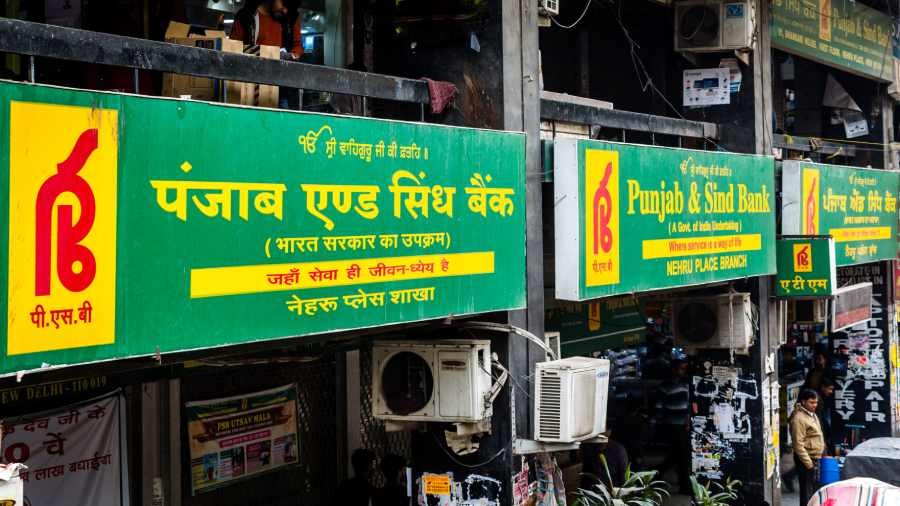Shares of Punjab & Sind Bank touched a more than four-year high of Rs 40.75, rising 10% in heavy intraday trade on Tuesday. Shares of the public sector unit (PSU) bank rose for a fourth straight day, surging 42%. It has gained 96% in the past nine sessions from Rs 20.80 on November 30.
Punjab & Sind Bank Shares have soared 125% in the past month, while the S&P BSE Sensex gained 1%. The stock has been trading at its highest level since February 2018. Over-the-counter trading was heavy, with 15 million shares changing hands on the NSE and BSE as of 9:57 am.
For the July-September quarter (Q2FY23), Punjab & Sind Bank reported solid earnings, with net profit up 27.5% year-on-year to Rs 278 crore, compared to Rs 218 crore in Q2FY22. Net interest income rose 25.6% year-over-year, while net interest margin (NIM) improved from 2.6% in Q2FY22 to 3.06% in Q2FY23. Gross non-performing assets (GNPA) decreased by 487 basis points year-on-year to 9.67%.
Meanwhile, the stock has rallied 145% over the past three months, compared with a 3% gain for the S&P BSE Sensex.
On September 29, Punjab & Sind Bank stated that the rating agency CARE reiterated its rating on the bank’s bonds and revised its outlook from “negative” to “stable”.
The majority stake in the ratings allocated to Punjab and Sindh Bank’s debt instruments indicates and expects continued support from the Government of India (GoI) as the major shareholder holding 98.25% of the bank, capitalisation improvement of Rs 5,500 crore post-equity infusion CARE says its Reporting of Rs 4,600 crore through recapitalisation bonds in FY21 (refers to April 1-March 31 periods) and FY22 will help the bank maintain its capitalisation ratio and will support the rationale for short-term business growth.
The rating further considers the bank’s solid presence in northern India and its strong liquidity position. The rating agency had said the revised outlook to “stable” was due to the limited impact of credit costs on bank profitability due to improvements in profitability and asset quality parameters.
Also, as the bank has started reporting FY22 profits, its profitability has been weak; however, any higher-than-expected impact due to COVID-19-related pressures could impact profitability.
Relatively weak asset quality parameters constrain ratings compared to peer public sector banks and a high proportion of stressed assets, provision coverage ratio (PCR) to the bank’s gross non-performing assets (GNPA).






